
Best Employee Performance Prediction System Using Machine Learning
Employee Performance Prediction System
Introduction
The Employee Performance Prediction System is a complete web application developed using Python, Flask, and machine learning libraries. It is designed to predict how well an employee is likely to perform based on given input data such as experience, skills, education, and past performance metrics.
Unlike traditional evaluation methods that depend on manual reviews and delayed feedback, this system uses machine learning algorithms to provide accurate predictions in real-time. The project is lightweight, fast, and simple to use, making it a practical choice for HR teams, managers, and business leaders.
For students and learners, this project is a great opportunity to combine multiple skills — data preprocessing, model training, backend development, and frontend integration — into one working solution. It not only demonstrates how machine learning can be applied to human resource management but also provides hands-on experience in building an end-to-end application.
Project Overview
| Aspect | Details |
|---|---|
| Project Name | Employee Performance Prediction |
| Language/s Used | Python, HTML, CSS |
| Database | None (model-based system) |
| Type | Web + Machine Learning |
Download New Real Time Projects :-Click here
Available Features
This project includes several functional features that make it easy to use and understand:
- Predicts employee performance using a trained ML model.
- End-to-end functionality: input form → prediction → result display.
- Clean and responsive user interface built manually (no auto-generators).
- Deployed successfully on Render for live usage.
- Error handling with custom pages such as
404.htmland502.html. - Simple project structure, making it beginner-friendly for learners.
Technologies Used
The project combines multiple technologies to create a working system:
- Python: Core language for model training and backend logic.
- Flask: Framework for building the web server and routing requests.
- Pandas & NumPy: Libraries for handling and processing data.
- Scikit-learn & XGBoost: Machine learning libraries for training and prediction.
- Joblib: Used for saving and loading the ML model efficiently.
- HTML & CSS: Frontend design for user input and result display.
- VS Code: Development environment for writing and running the project.
Project Structure
The project files are neatly organized as follows:
Employee Performance Prediction System/
├── app.py # Flask backend
├── model.pkl # Trained ML model
├── templates/ # HTML templates (index, predict, error pages)
├── static/ # Stylesheets (CSS files)
├── requirements.txt # Required librariesThis clear structure ensures that each part of the project can be easily identified and modified.
Installation Guide (VS Code)
To run this project on your local machine using VS Code, follow these steps:
- Clone or Download the Project
Extract the project files into a folder on your system. - Open VS Code
Launch Visual Studio Code and open the project folder. - Create a Virtual Environment
python -m venv venv - Activate the Virtual Environment
- On Windows:
venv\Scripts\activate - On Mac/Linux:
source venv/bin/activate
- On Windows:
- Install Dependencies
pip install -r requirements.txt - Run the Application
python app.py - Access the Project
Open your browser and visit:http://127.0.0.1:5000
Your local server will now be running the Employee Performance Prediction System.
Usage
The system is designed to be simple yet functional. Here’s how different roles can make use of it:
- HR Teams / Managers: Input employee data (such as experience, training hours, or role-specific metrics) to get predictions about performance. This helps identify employees who may require support or those suitable for advanced responsibilities.
- Employees / Job Seekers: Use the tool to understand how their profile might be evaluated based on given metrics. It provides a learning opportunity for self-improvement.
- Students / Learners: Beyond practical use, this project is a great learning resource for understanding how machine learning integrates with web development.
Once input values are submitted through the form, the model processes them and instantly displays whether the employee is predicted to be high-performing or in need of upskilling.
Deployment
The project is deployed using Render. Unlike GitHub Pages, which only supports static sites, Render allows backend applications such as Flask to run continuously.
To deploy, the following steps were used:
- Upload all project files.
- Set
app.pyas the entry point. - Define build and start commands:
- Build Command:
pip install -r requirements.txt - Start Command:
python app.py
- Build Command:
- Enable web service on port 5000.
This ensures that the ML model remains active and predictions are available online.
Future Scope
While the current system is functional, there are multiple areas for growth:
- Role-based dashboards for HR and Admins.
- Integration with a database to store predictions for long-term analysis.
- Visual charts and analytics for decision-making.
- Upload support for bulk predictions using CSV or Excel files.
- Explainable AI features to show how predictions are made.
- Improved accuracy through deep learning models.
- Exportable reports in PDF or CSV format.
These upgrades can transform the tool from a simple predictor to a complete performance management solution.
Contributing
Contributions are welcome. Developers can improve the system by adding new features, optimizing the model, or enhancing the frontend design. To contribute:
- Fork the project.
- Create a feature branch.
- Commit changes with clear messages.
- Submit a pull request for review.
License
This project is licensed for educational and practical use. Users are free to explore, modify, and extend it as per their requirements.
Final Thoughts
From a student’s perspective, this project is an excellent demonstration of applied learning. It shows how knowledge of Python, machine learning, and web development can be combined to solve a real-world business challenge.
Working on this project also builds critical skills: handling data, training models, designing user interfaces, and deploying applications. For students aiming to showcase their portfolio, the Employee Performance Prediction System is both practical and impressive.
In real-life scenarios, organizations can use such tools to enhance productivity, improve role assignments, and plan training programs effectively. For learners, it highlights how powerful even small-scale machine learning applications can be when paired with web development.
We have projects Available in all languages:–Click Here
employee performance analysis project
predicting employee performance
employee performance-analysis github
employee performance dataset github
project code: 10281 employee performance analysis inx future inc.
employee performance management system github
employee performance prediction using machine learning github
employee performance prediction using machine learning pdf
employee performance prediction using machine learning python
employee performance prediction using machine learning example
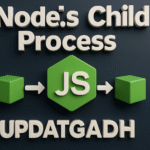

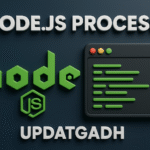




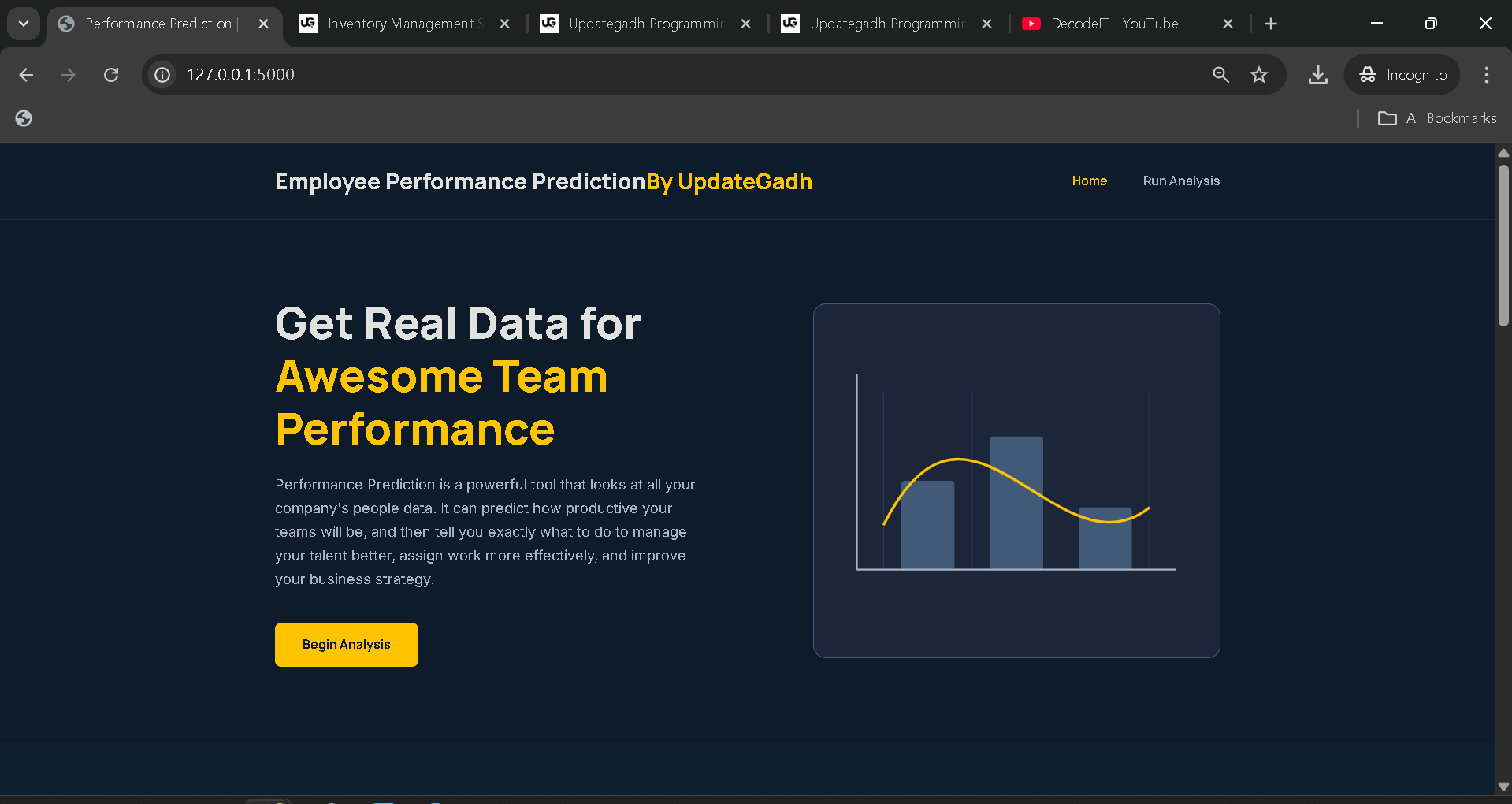

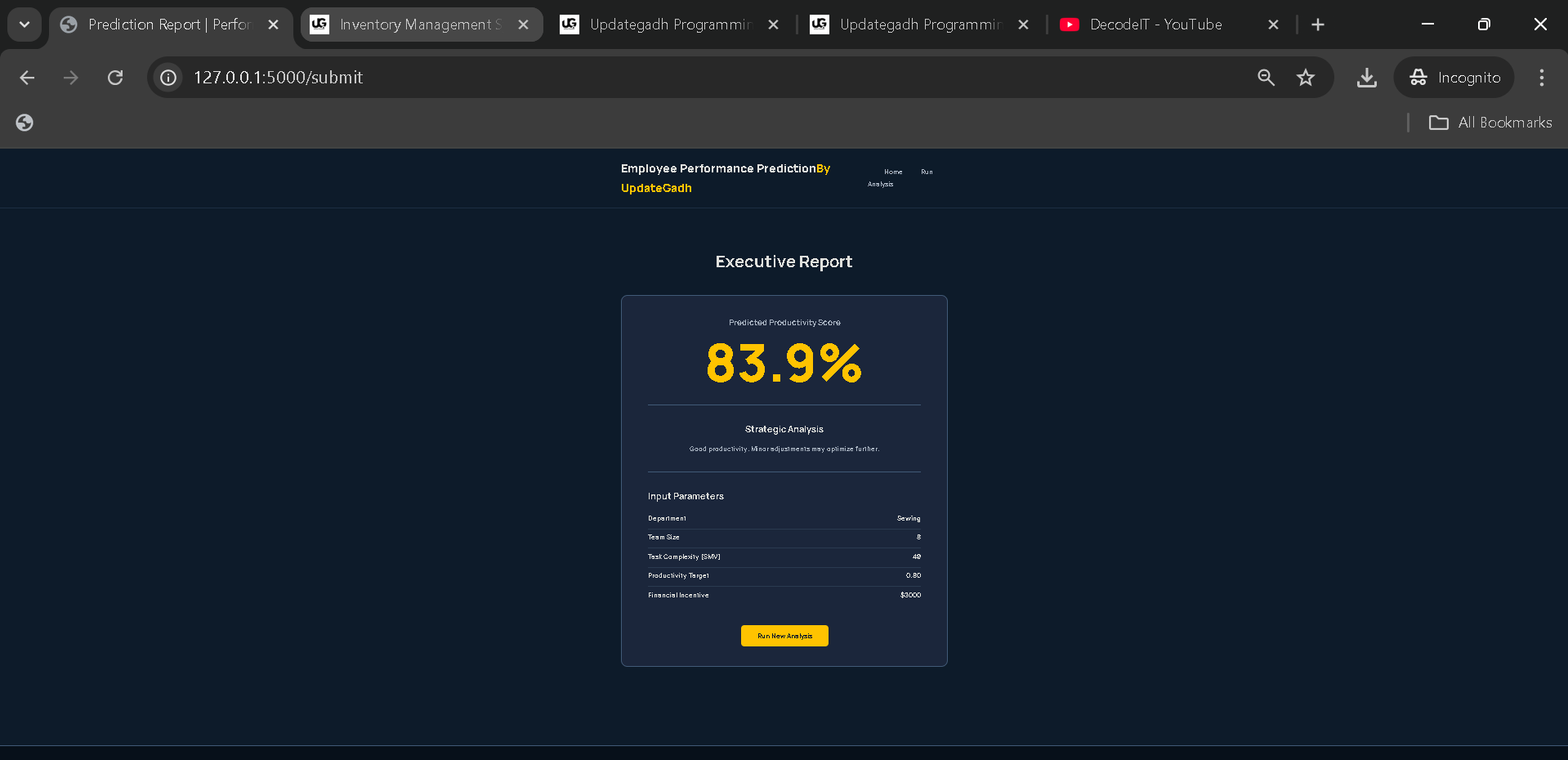
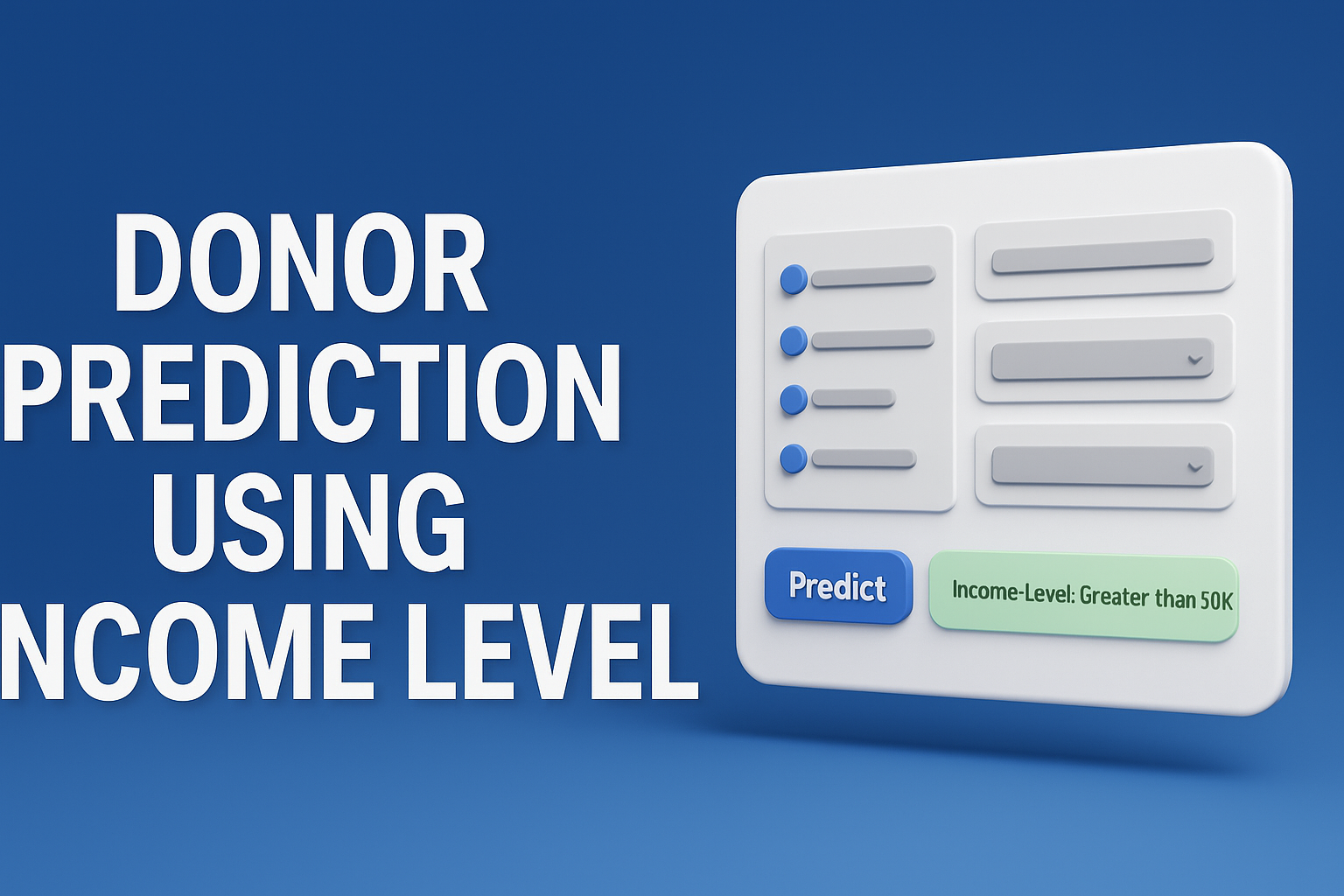
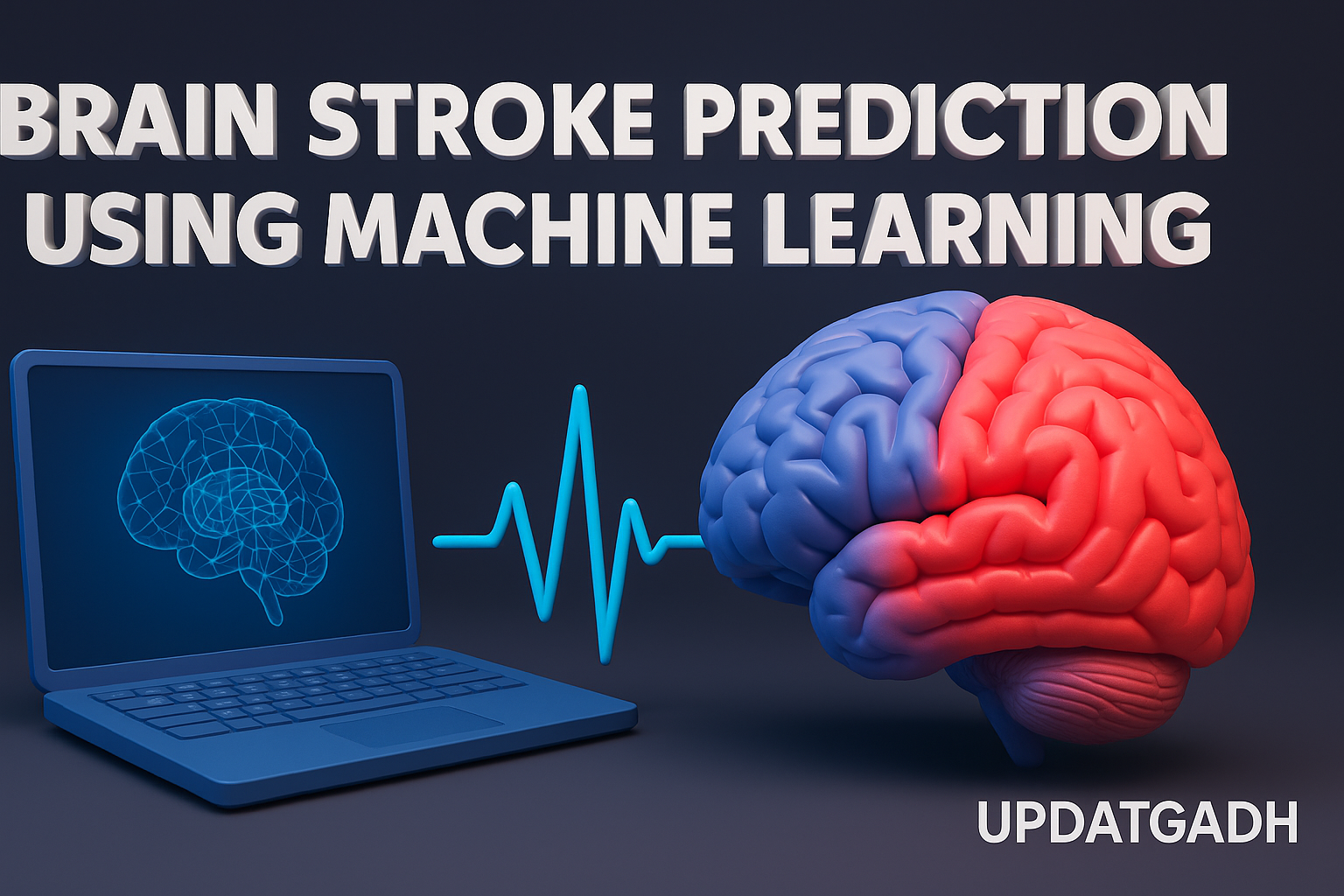
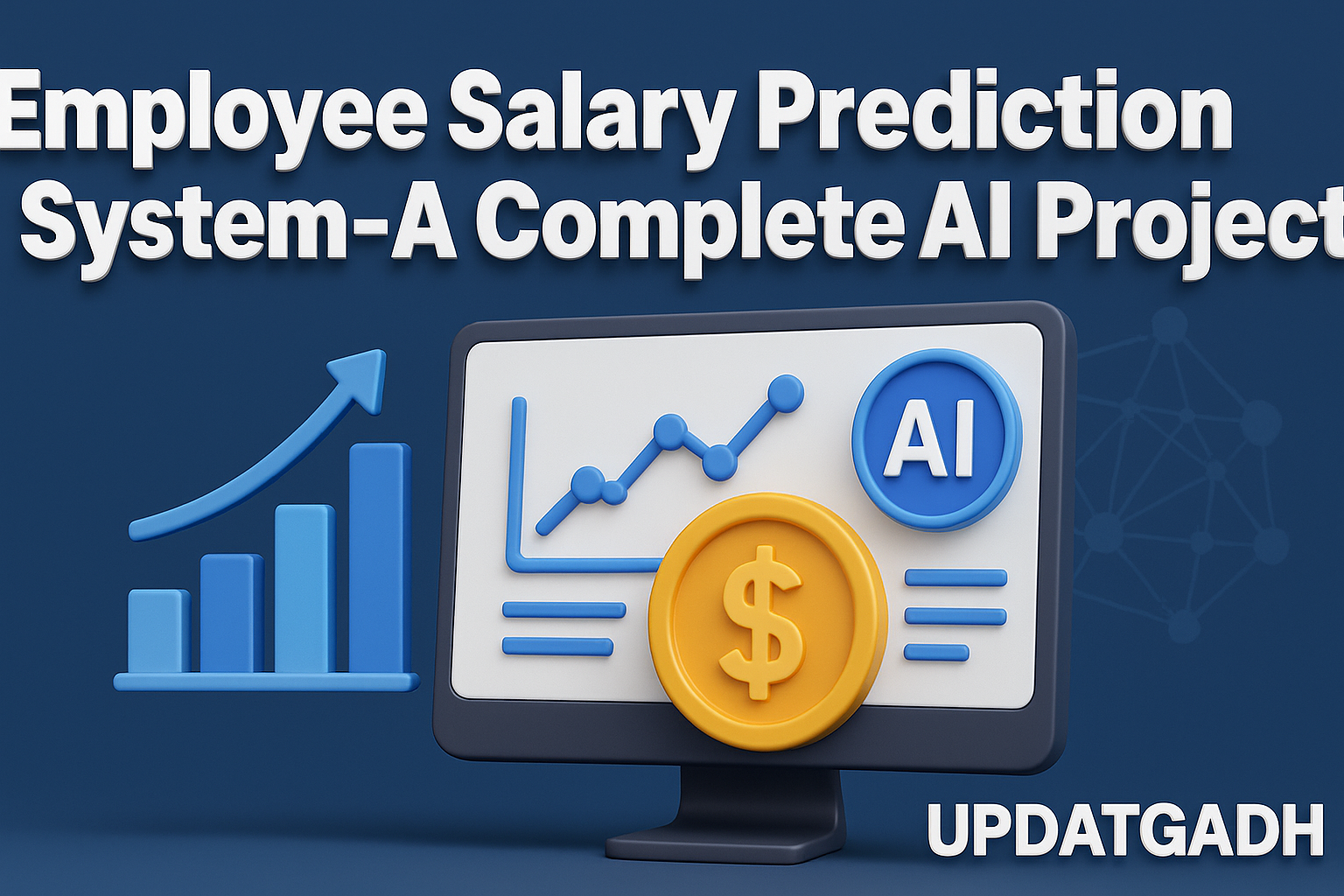
Post Comment